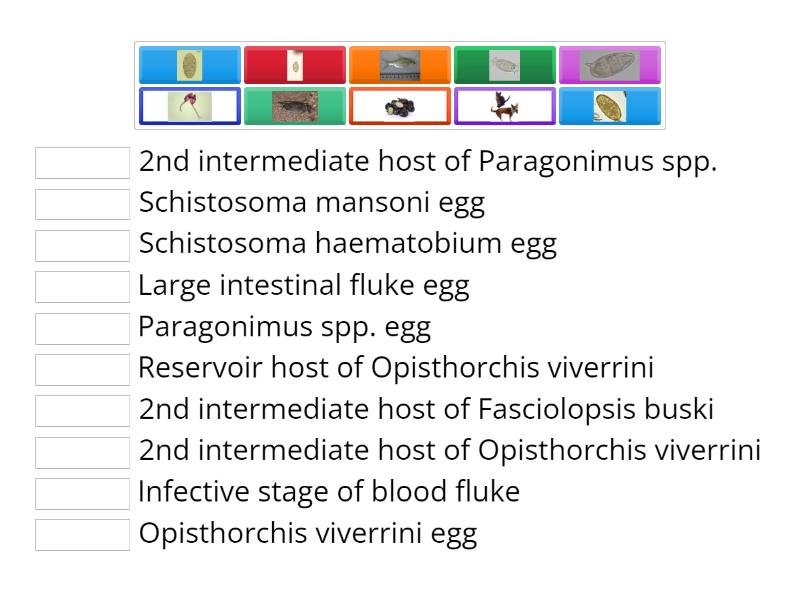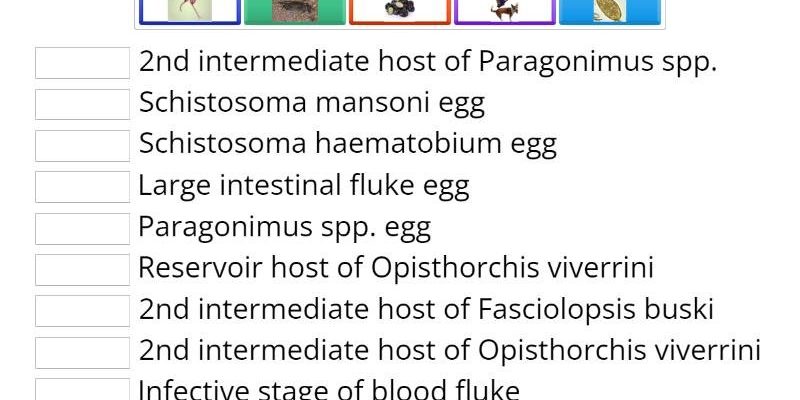
Imagine explaining the complexities of life cycles or ecosystems using an example that’s strange but true—trematodes can help students understand concepts like parasitism and host relationships in a way that’s as engaging as it is educational. By showcasing these organisms, educators can introduce real-world applications of science and enhance problem-solving skills, making it a win-win for everyone involved.
Let’s dive into the world of trematodes and explore how you can effectively incorporate them into your school science demonstrations. Trust me, your students will find it not only eye-opening but also a whole lot of fun!
What Are Trematodes?
To put it simply, trematodes are a group of parasitic flatworms that belong to the class Trematoda. They have fascinating life cycles that typically involve at least two different hosts. Picture a tiny worm that starts its journey in a snail, then moves on to infect fish or even mammals. This fascinating cycle can spark curiosity and discussions in any classroom.
Trematodes are often categorized as flukes, and they come in many shapes and sizes. Some are harmless, while others can cause diseases in animals and humans, like schistosomiasis. This offers a unique opportunity to talk about the impact of parasites on health and the environment. You might be wondering, “How can we demonstrate this?” Well, there are several engaging ways to illustrate trematode life cycles and their effects on their hosts.
Why Use Trematodes in Science Demonstrations?
Integrating trematodes into your science curriculum isn’t just about showing something unusual; it’s about bringing real-world relevance to the table. Students today crave connections between what they learn and how it applies to their lives. By using trematodes, you can introduce critical ideas such as parasitism, host interactions, and even ecological balance.
Engaging students with trematodes can make abstract concepts more concrete. For instance, when explaining the life cycle of a trematode, you could set up a visual demonstration that illustrates its journey through different hosts. This not only helps students remember the information better, but also encourages discussions about how parasitism affects various ecosystems.
Plus, trematodes can lead to deeper conversations about health, medicine, and biodiversity. You can discuss how some trematodes affect human populations and the role they play in ecosystems—suddenly, biology feels more urgent and relevant.
How to Prepare for a Trematode Demonstration
Preparing for a trematode demonstration requires some planning to ensure a smooth and educational experience. Here’s a simple step-by-step guide to get you started:
- Research: Start by gathering reliable information about the types of trematodes you want to discuss. Focus on their life cycles, habitats, and impact on hosts.
- Materials: Collect visual aids such as diagrams, posters, or even videos that illustrate the life cycle of trematodes. This will help engage visual learners in your class.
- Safety Considerations: Since some trematodes can affect humans and animals, make sure to emphasize safety and hygiene when discussing them.
- Interactive Component: Think about how to make the demonstration interactive. Can students create their diagrams or act out the life cycle? The more involvement, the better!
If you’re unsure where to find resources, look for educational websites or documentaries that explore parasitism and the role of trematodes in ecosystems.
Engaging Students with Life Cycle Models
One of the most effective ways to teach about trematodes is by using life cycle models. You can create a physical representation of how these organisms live and reproduce. By using simple household items like paper cups or string, students can construct models that illustrate the different stages of a trematode’s life.
For example, you can create a model that shows how a trematode starts in a snail, then moves on to a fish. Incorporate elements like arrows to indicate movement and labels for each stage. This hands-on activity not only reinforces the learning but also encourages teamwork and creativity.
You could even take it a step further and have students research different kinds of trematodes and create presentations based on their findings. They can represent not just the life cycles, but also the ecological impacts and health-related issues surrounding these intriguing organisms.
Using Videos and Interactive Media
In our digital age, incorporating technology can really enhance your trematode demonstrations. There are plenty of educational videos available that show how trematodes interact with their hosts. These can be a great addition to your lesson plans. You might find animations that depict the complex life cycles, making it easier for students to visualize what you are explaining.
Websites like YouTube or educational platforms often have high-quality content. You can pause and discuss different segments, encouraging students to ask questions as they watch. For students who prefer interactive learning, consider using quizzes or online simulations that allow them to explore the effects of trematodes on various ecosystems.
Remember, the goal is to make learning exciting and relatable. Technology can add another layer of engagement that traditional methods may not offer.
Addressing Common Misconceptions
When discussing trematodes, students may have some misconceptions or fears. “Are they dangerous?” or “Can they infect me?” are common questions. It’s vital to address these concerns with empathy and accurate information.
First, clarify that while some trematodes can be harmful, many are harmless and play essential roles in their ecosystems. Explain the concept of host specificity; many trematodes require specific hosts, meaning they aren’t a threat to everyone.
Also, address the role of hygiene and public health in preventing infections from harmful trematodes, like schistosomiasis. This can lead to a broader conversation about sanitation, health education, and prevention measures—important topics for growing minds.
Wrap-Up and Next Steps
Using trematodes in school science demonstrations is more than just an interesting idea; it’s a pathway to bridging complex biological concepts with real-world applications. You can spark curiosity in your students, help them appreciate the intricacies of life cycles, and provoke thought about ecological impacts and health.
So, whether you’re crafting models, using videos, or sparking engaging discussions, approaching the topic of trematodes can lead to a fun and informative classroom experience. Honestly, it’s about making science relatable and exciting. If you can do that, you’re not just teaching; you’re inspiring the next generation of thinkers and problem-solvers.
Give it a try; your students might just surprise you with their insights and enthusiasm!

